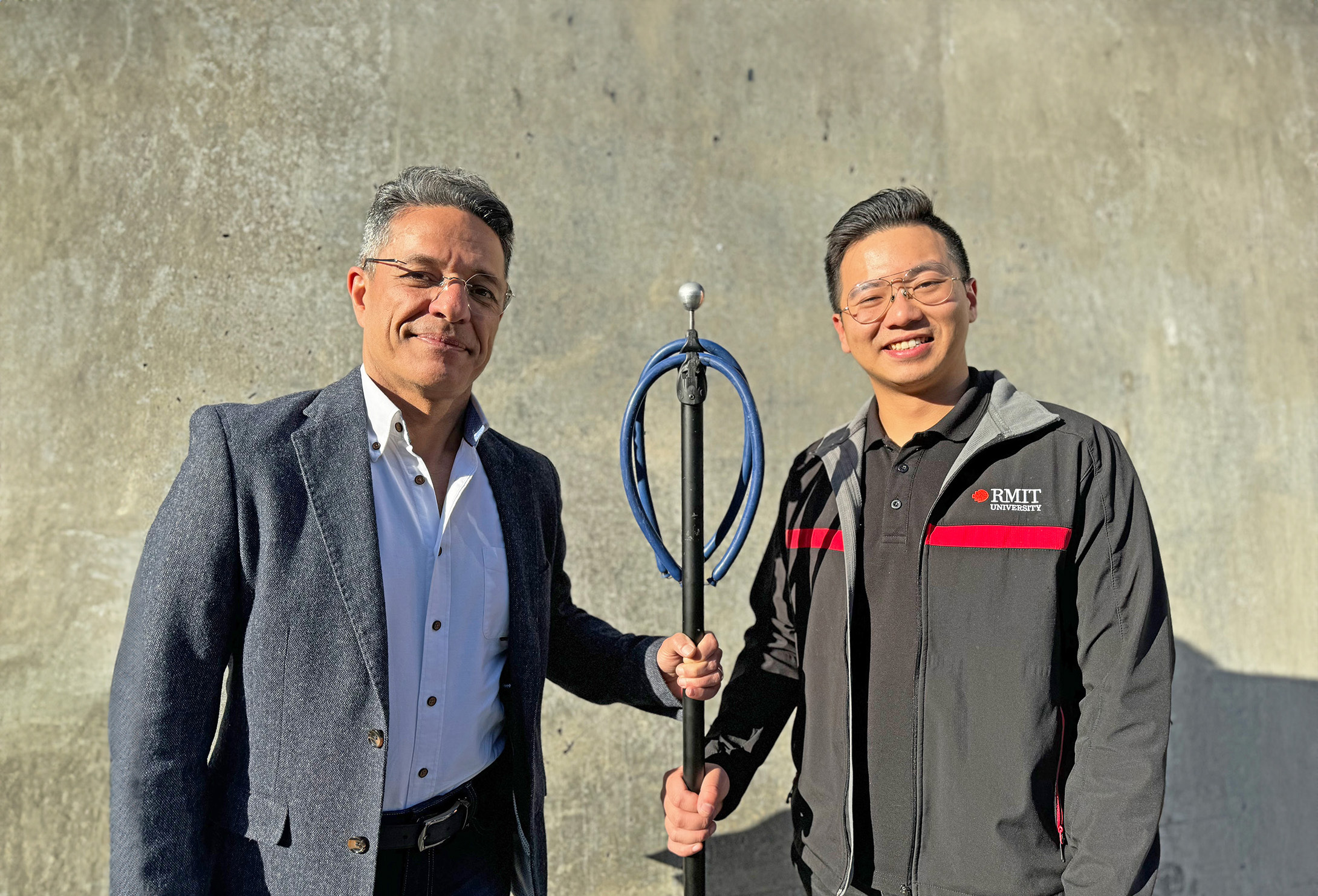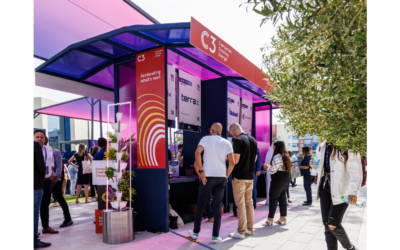We caught up with Professor Majid Nazem, Professor of Geotechnical Engineering at the STEM|School of Engineering at RMIT University to understand more about the research he leads into seabed soil structures.
What problem is your research/startup addressing, and why is it important from both an academic and real-world perspective?
Our research addresses the challenge of conducting effective seabed soil testing in shallow waters, which is crucial for the development of offshore wind farms and other marine infrastructure. Traditional methods, such as gravity-accelerated penetrometers, are ineffective in these shallow environments, limiting access to the necessary geotechnical data.
Academically, this research contributes to advancing geotechnical engineering by introducing a novel method for seabed soil characterisation and an analysis framework to determine engineering parameters from dynamic penetration data. From a real-world perspective, the innovation provides a practical solution to reduce costs and improve efficiency in the preliminary site investigation for offshore construction sites.
What technology/innovation is your research bringing to the field, and how does it leverage university resources or expertise?
The innovation our research introduces is a launch-type penetrometer that can be adapted to existing seabed testing equipment. This device uses a mechanism that propels an instrumented probe into the seabed at high speed. This development leverages the expertise and resources of RMIT University, particularly in the areas of advanced materials, structural testing, and geotechnical engineering. The Heavy Structures Laboratory at RMIT has been instrumental in prototyping and testing the device, providing a strong foundation for further development.

Professor Nazem (left) with Junslin Rong, a part-time tutor and former PHD student at the RMIT School of Engineering.
What stage of development is your innovation in, and how is the university supporting its commercialization?
The innovation is currently at an advanced prototype stage, having successfully demonstrated significant improvements in penetration potential during laboratory tests. The Australian Research Council has supported the research through the Discovery Project scheme, which has provided critical funding for the initial development. The university is actively supporting the commercialization process through access to promotion in media, and publication of research results in science journals, and by facilitating potential industry partnerships. We are now seeking industry partners to conduct the next phase of our test plan, which is field trials, and bring this technology from the lab to the market.
What is the potential impact of your innovation on cutting emissions or addressing sustainability challenges, and how can it contribute to broader research efforts?
By improving the efficiency and reducing the cost of seabed soil testing, this innovation directly supports the expansion of offshore wind farms by fast-tracking the site investigation process, a key component of renewable energy infrastructure to meet the target of global decarbonisation by 2050. The dynamic penetration test method will enable faster deployment of wind turbines, contributing to a significant reduction in site investigation investment. This research can also complement other efforts in the field by providing critical data that enhances the accuracy of offshore foundation designs, eventually leading to safer and more resilient renewable energy systems.
What are the key challenges specific to developing and commercializing research at a university?
One of the key challenges in commercializing university research in geotechnical engineering is the specialized knowledge required for dynamic penetration. Securing additional funding beyond initial grants is also critical for transitioning to a marketable product. Building industry partnerships is essential, but it can be difficult due to the need for extensive networking and the lack of commercial experience among researchers. Additionally, navigating complex regulatory environments to ensure compliance with industry standards and safety regulations is time-consuming and requires expertise that may not be readily available within the university.
What support do you need to transition from university research to a marketable product?
To successfully transition this research into a marketable product, we need industry partnerships who is ambitious in offshore renewable energy infrastructure development, that can provide practical insights and opportunities for offshore penetration field trials or upscale the existing laboratory test. Additional funding is also essential for scaling up the penetrometer technology with advanced manufacturing and sensors. Regulatory guidance will be crucial in ensuring that the device meets all necessary safety and environmental standards. Support in these areas will help bridge the gap between academic research and commercial viability, enabling the technology to make a real-world impact.




